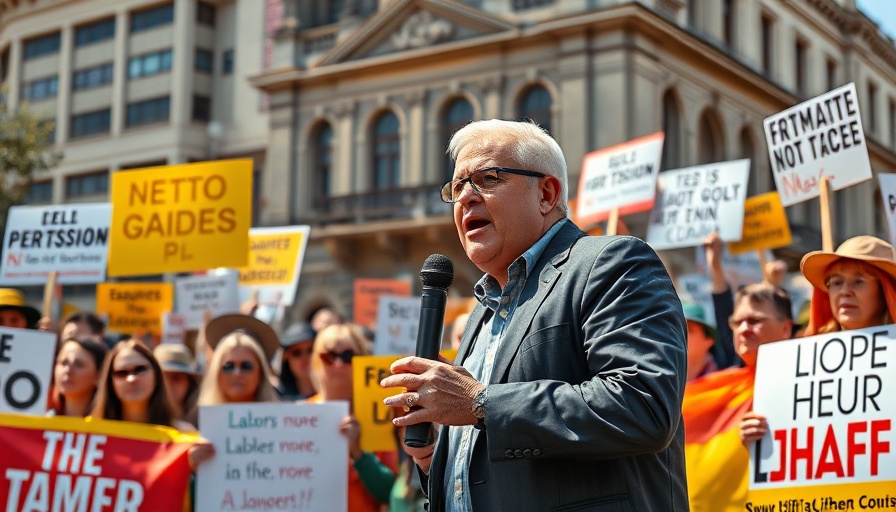
The Origins of Labor Day and Its Gilded Age Roots
Labor Day is more than just a three-day weekend; it symbolizes the struggles and triumphs of American workers, with origins dating back to the Gilded Age. In the late 1800s, as economic disparities widened, activists sought to establish a day honoring laborers. The first Labor Day parade in 1882 in New York City was a significant event, with 10,000 workers taking to the streets to demand recognition for their contributions. Their efforts culminated in the establishment of Labor Day as a federal holiday in 1894, during a time when the country witnessed severe labor disputes, such as the Pullman Strike, highlighting the urgent need for workers' rights.
Labor Day's Role in Today's Economy
Fast forward to today, Labor Day has become synonymous with the unofficial end of summer. This year, the Transportation Security Administration anticipated screening over 17 million travelers, demonstrating the holiday's role in shaping consumer behavior. As families embark on vacations and cookouts, labor patterns shift, and businesses flourish, especially in travel and retail sectors. Barbecuing remains a quintessential celebration, originating from communal gatherings of the past, cementing Labor Day’s connection to American culture and economy.
Modern-Day Significance of Labor Day
When businesses offer Labor Day sales, they tap into the historical significance of the holiday while contributing to economic growth. Retailers across the country promote attractive deals, attracting consumers in search of the best prices. This connection between Labor Day and economic activity showcases the lasting impact of the labor movement, reminding us of workers' contributions and ongoing efforts toward fair treatment in the workplace.
Embracing the Spirit of Labor Day
As we celebrate Labor Day, it is essential to reflect on its roots and the significance it holds in today's economic landscape. By acknowledging the struggles faced by workers during the Gilded Age and the positive changes they initiated, we can appreciate the holiday’s dual significance: honoring labor achievements while participating in the modern economy.
For business professionals, understanding these dynamics is crucial. It highlights the interconnection between labor history and market behavior, offering insights into consumer trends and economic forecasts. By staying informed about historical contexts, we can make better predictions and decisions that align with both our values and business objectives.
 Add Row
Add Row  Add
Add 



Write A Comment